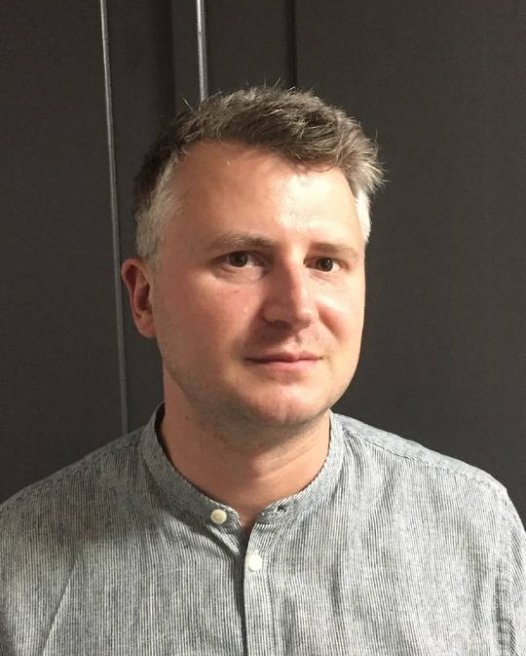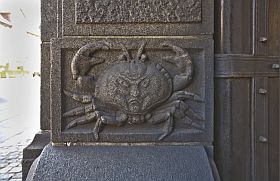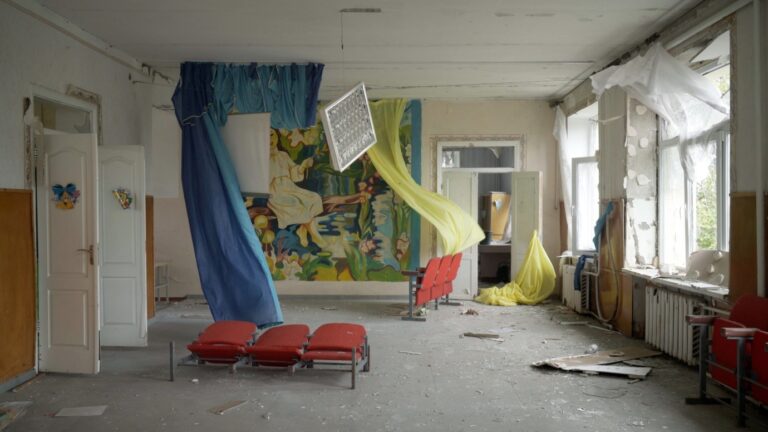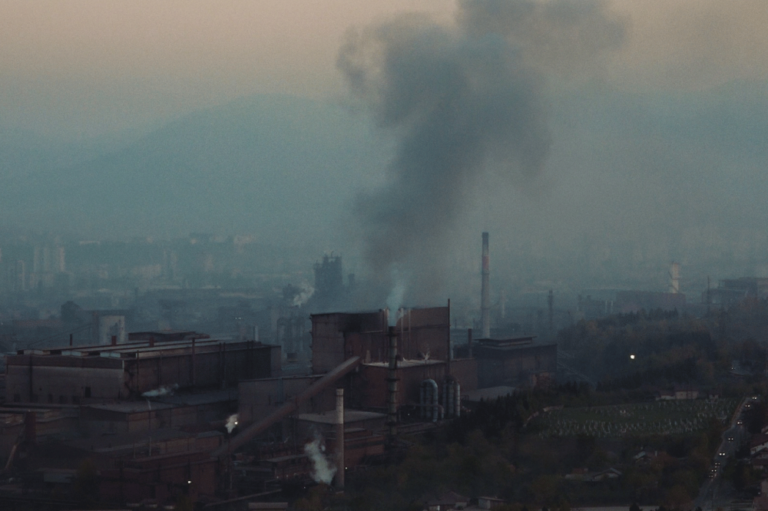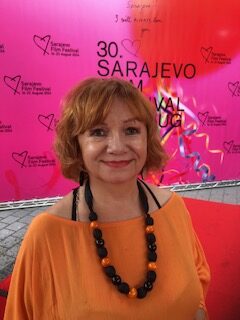


Baltic Sea Docs Riga 2024
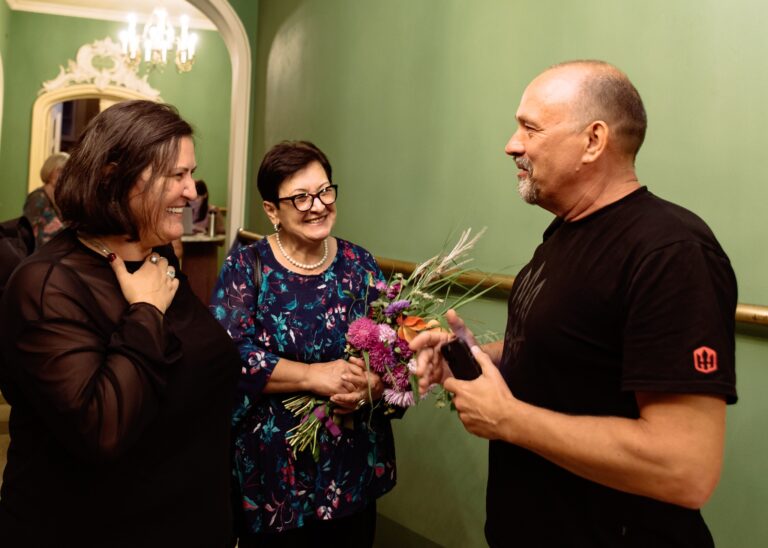
You must have been at least 50 times to Riga, the driver next to me said. Uldis Cekulis is his name, a key person in Latvian documentary, producer and cameraman, a man who cannot sit still, always in action, and whose hospitality has no limits as we (Phil Jandaly, Mikael Opstrup and Zane Balcus) experienced, when we on the last day of August left for his summerhouse a couple of hours out of Riga to experience a long drive with forest on both sides of the road, a fish restaurant and a fine evening with wonderful Georgian chacha. Beautiful place, fantastic house, so well arranged.
Back in Riga September 1st, the 28th edition started with a screening of “Silence of Reason” by Kumjana Novakova from Skopje, North Macedonia. A quote of a quote from what was written on this site in April this year https://filmkommentaren.dk/kumjana-novakova-silence-of-reason/: “In this forensic video essay, filmmaker Kumjana Novakova uses mostly written testimonies by the women to explore the collective memory of the rape camps. In grainy video footage, the camera explores the places where these inhuman crimes took place, while the women speak about the unspeakable. (IDFA Catalogue 2023)”. Magnificent documentary, fine discussion the morning after moderated by the boss of Baltic Sea Docs (BSD), Zane Balcus.
I think Cekulis exaggerated but indeed I have been many many times to the capital of Latvia due to the BSD and it is always wonderful to see how the organizers find new locations. This year the film screenings have been moved to the Splendid Palace and the workshop venue to what used to be an apartment. A place full of atmosphere as the pitch venue is, where we were today for the first round or project presentation, K.K. fon Stricka villa. The screening of “Silence of Reason” took place in a cinema Kino Bize, that reminded me of the café cinemas we used to have in Copenhagen in the 80’es.
Back to the film screenings that I have written about before on this site, https://filmkommentaren.dk/baltic-sea-docs-film-program/. After one of the many receptions, I went to listen to the Q&A with Sissel Morell Dargis after the screening of her Balomania, https://filmkommentaren.dk/sissel-morell-dargis-balomania-anmeldelse/?fbclid=IwY2xjawEx3NlleHRuA2FlbQIxMQABHaEDk13FpeKhnYzmvPK8DXiKuZ_hOxfiyBtxFod1iE4DY96K8Ok3dEOCBQ_aem_SFGRNnX8RXJIHprRylmO2Q. Danish Sissel, had never met her before, told with humor and passion about her impressive first film and answered the many questions from the audience and from the moderator Stanislavs Tokalov, who made “Everything will be Allright”, https://filmkommentaren.dk/stanislavs-tokalov-everything-will-be-alright/.
Everything IS actually alright at this event that is close to my heart. My tutor and moderator colleague Mikael Opstrup often look at each other to repeat that the organization is brilliant, led by Zane Balcus, Margarita Rimkus, Lelda Ozola et al., not to forget the technicians, who simply don’t make any mistakes. Every little detail is thought of. At the pitch sessions – new this year – there is a panel of 8 decision makers, that shifts from session to session plus a good handful of broadcasters, sales agents and producers. It works very well and while I am writing this, meetings are being held at the venue inside or outside in the sun. Voila!
For most of the filmmakers BSD is the first step to go to other markets and festivals. The first test, what´s to be changed, inspiration and encouragement.
BSD ends tomorrow with the second day of pitchings and film screenings including the charming “Agent of Happiness”, https://filmkommentaren.dk/arun-bhattarai-and-dorottya-zurbo-agent-of-happiness/. Join the party.
On the photo (Agnese Zeltina) you see Maka Gogaladze and her mother Nino after the screening of Maka’s “Ever Since I knew Myself”, the opening film in Splendid Palace, and it is Uldis Cekulis, who speaks to them.
